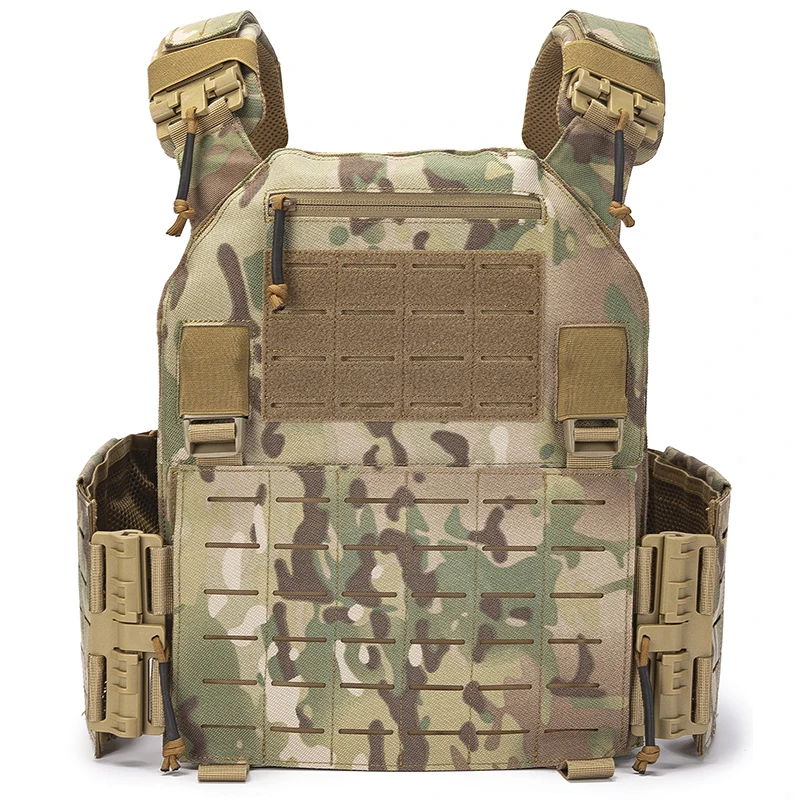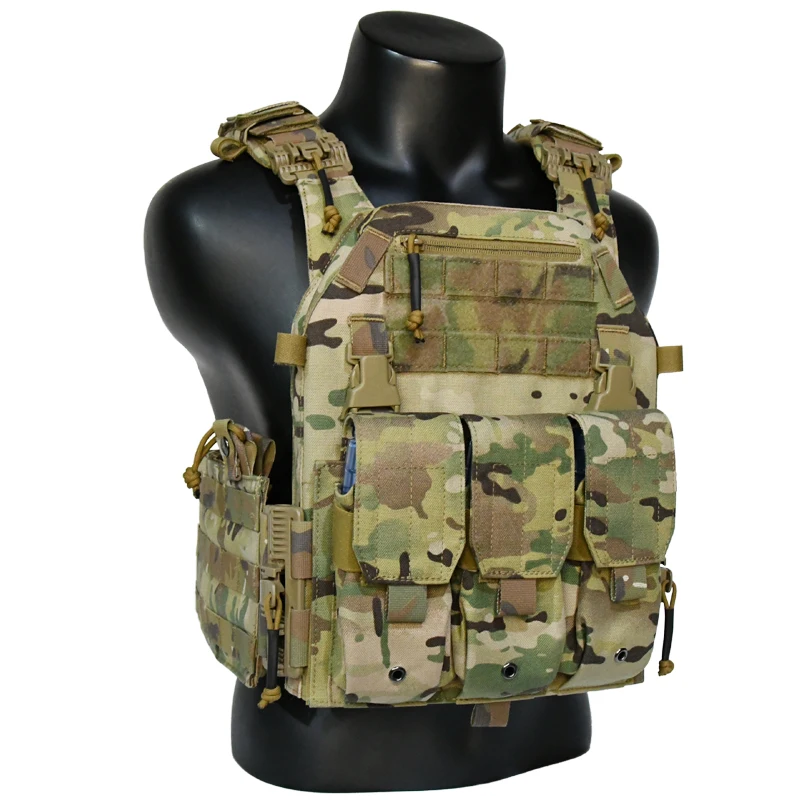Tactical Gear
PRODUCTS
Find Your Ideal Tactical Backpack Size And Features
Understanding Your Needs: Capacity and Size
The first, and perhaps most important, consideration is capacity. What are you planning to carry? A day hike requires a much smaller pack than a multi-day expedition or a bug-out bag scenario. Tactical backpacks are often measured in liters (L), representing their total volume. A smaller pack (20-35L) is ideal for day trips or carrying essential EDC (Every Day Carry) items. Medium-sized packs (35-55L) offer increased capacity, suitable for longer trips, extended outdoor activities, or carrying more substantial gear. Larger packs (55L+) are generally reserved for extended expeditions, camping trips, or situations requiring significant load-bearing capacity. Consider the weight of your gear as well; a 50L pack might feel small if overloaded. Remember to account for compression straps; these can help to better manage the load.
Beyond liters, consider the pack’s dimensions. A tall, narrow pack might be uncomfortable for some, while a wide, short pack might be unsuitable for certain activities. Try to find a pack that matches your torso length for optimal comfort and weight distribution. Many manufacturers offer adjustable torso lengths to accommodate various body sizes. Don’t solely rely on advertised liters; physically examine packs if possible, or check customer reviews for real-world sizing feedback.
Essential Features for Tactical Performance
Beyond size, tactical backpacks prioritize functionality and durability. Look for robust materials such as durable nylon or Cordura, known for their tear and abrasion resistance. Reinforced stitching is critical in high-stress areas, such as the shoulder straps and base. Consider water resistance; a waterproof or water-resistant coating will protect your gear from the elements. While fully waterproof packs exist, they often compromise breathability. A balance between water resistance and breathability is usually the best solution. Multiple compartments are essential for organization, allowing you to separate and easily access different items.
Modular attachment points are highly desirable for tactical backpacks. MOLLE (Modular Lightweight Load-carrying Equipment) webbing allows you to attach additional pouches and accessories, customizing your pack to specific needs. Consider features such as hydration compatibility; a dedicated hydration sleeve allows you to carry a hydration bladder for easy access to water. Look for comfortable and adjustable shoulder straps, chest straps, and waist belts. These are crucial for distributing weight evenly and preventing fatigue during extended use. A sternum strap will keep the shoulder straps secure, and a padded waist belt will significantly improve comfort during heavy loads.
Choosing the Right Materials and Construction
The material of your tactical backpack is crucial to its longevity and performance. Nylon is a common choice due to its durability and lightweight nature. Cordura nylon is particularly strong and abrasion-resistant, often used in high-end tactical packs. Consider the denier (weight) of the nylon; a higher denier indicates a stronger, more durable fabric. Look for reinforced stitching at stress points, such as the bottom of the pack, shoulder straps, and zipper closures. Double or triple stitching indicates superior durability. Zippers should be sturdy and reliable, ideally YKK zippers which are known for their high quality.
The construction of the backpack is equally important. Look for well-padded compartments to protect sensitive electronics or fragile gear. A robust frame sheet or internal structure can help maintain the pack’s shape and improve load distribution. Assess the overall build quality; check for loose stitching, weak seams, or any signs of poor craftsmanship. Reading reviews from other users can often provide valuable insights into the long-term durability and performance of a specific backpack.
Conclusion: Finding the Perfect Fit
Ultimately, the ideal tactical backpack depends on your individual needs and intended use. By carefully considering the capacity, features, materials, and construction, you can find a pack that meets your requirements and enhances your performance, whether you're a seasoned professional or an outdoor enthusiast. Don't rush the decision; take your time to research different models, compare features, and read reviews. Remember, a well-chosen tactical backpack is an investment in your comfort, organization, and overall success.
SUBSCRIBE
INQUIRY










